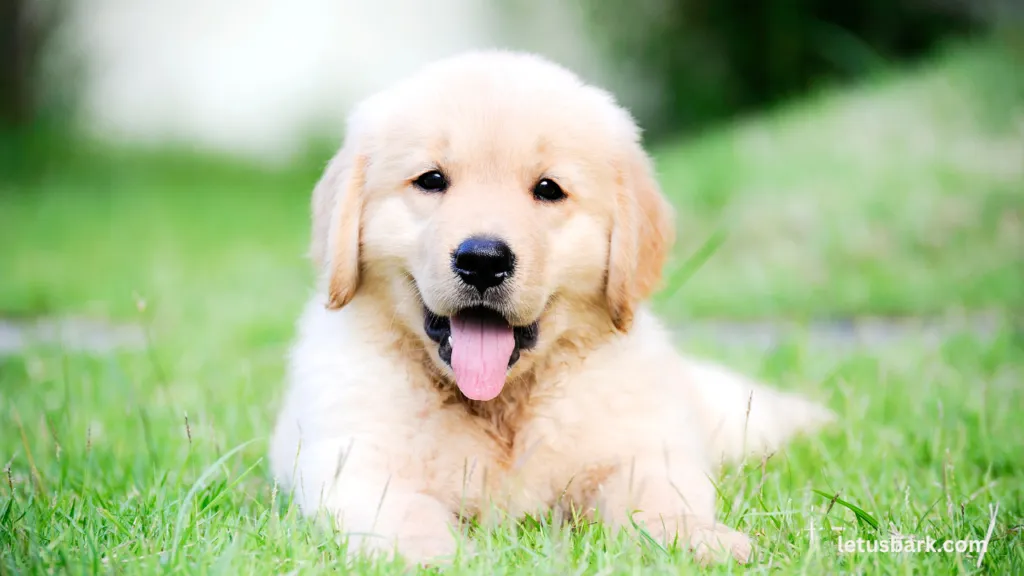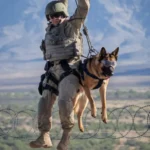The experience of bringing a new puppy into your house is one that is filled with excitement and joy; yet, it also comes with its fair share of problems, particularly when it comes to the process of puppy potty training.
Although puppies are gorgeous, active, and full of energy, they also have a lot to learn when it comes to conduct that is appropriate when it comes to using the bathroom. It is for this reason that this guide to potty training puppies is available.
This comprehensive book will not only offer you with helpful suggestions and techniques to make the process of potty training your new furry friend as smooth and easy as possible, but it will also cover the most common mistakes that should be avoided when it comes to the procedure.
From the establishment of a schedule and the utilization of positive reinforcement to the management of accidents and common problems, we have you covered with all you need to know in order to properly potty train your puppy.
With the help of this guide, you will be able to navigate the ups and downs of teaching your puppy where and when to go to the toilet, regardless of whether you are a first-time pet owner or have previous experience with potty training.
It is possible to ensure a happy and healthy relationship with your four-legged companion by ensuring that you have patience, consistency, and the appropriate approach. This will allow you to set your puppy up for success
Puppy potty training is an essential aspect of raising a well-behaved and happy canine companion. Properly house train and potty train a puppy requires time, patience, consistency, and understanding. In this guide, we will delve into the dos, don’ts, tips, and challenges associated with puppy potty training to help you navigate this crucial aspect of pet ownership.
Contents
How to House Train a Puppy
House training your puppy is the foundation of potty training success. Setting a feeding schedule is a key component of this process. Consistency in meal times helps regulate your puppy’s digestive system, making it easier to predict when they will need to go potty.
Additionally, using a crate for training can be highly effective. Dogs are naturally den animals and are less likely to soil their living space, making crate training a valuable tool in teaching your puppy bladder control.
Furthermore, taking your puppy outside regularly, especially after meals, naps, and playtime, reinforces the idea that outside is the designated potty area. Consistent potty breaks help prevent accidents indoors and encourage your puppy to go potty outside where they should.

Common Puppy Potty Training Challenges
One of the most common challenges when potty training a puppy is dealing with accidents in the house. It’s important not to punish your puppy for accidents, as this can create fear and confusion. Instead, clean up accidents with an enzymatic cleaner to remove traces of odor and prevent repeat incidents.
Understanding signs that your puppy needs to go is another challenge. Puppies may sniff, circle, or start whining when they need to relieve themselves. Learning to recognize these cues is crucial in preventing accidents and teaching your puppy where and when to go potty.
Training a new puppy may differ from training an older dog. Young puppies have less bladder control and may need to go potty more frequently, while older dogs may already be familiar with house training concepts but may require some reinforcement and reminders.
Tips for Successful Puppy Potty Training
To help your puppy succeed in potty training, it’s essential to establish a routine. Consistency in potty time, feeding times, and playtime creates a predictable schedule that your puppy can follow. Additionally, praising and rewarding good behavior significantly reinforces the desired potty habits. Positive reinforcement encourages your puppy to continue going potty in the right spot.
Avoid punishing your puppy for accidents. Negative reinforcement can lead to anxiety and setbacks in the potty training process. Instead, focus on redirecting your puppy to the correct potty area and rewarding them for choosing the right spot.
Effective Methods to Potty Train Your Puppy
Positive reinforcement techniques are incredibly effective in potty training your puppy. Reward your puppy with treats, praise, or playtime whenever they go potty outside. Consistency and positive associations help your puppy understand what behaviors are desirable.
While training your puppy in 7 days may be an ambitious goal, establishing a clear routine and using positive reinforcement can expedite the process. Patience and persistence are key in helping your puppy learn where and when to go potty.
Establishing a nighttime potty routine is crucial for young puppies who may need to go out during the night. Limiting water intake before bedtime and taking your puppy out before and after sleep helps reduce accidents and promotes better nighttime bladder control.
Understanding Your Puppy’s Needs during Potty Training
Managing your puppy’s bladder control is vital in successful potty training. Understanding your puppy’s age and breed can give insights into their bladder capacity and how often they may need to go out. Small breeds and young puppies typically have smaller bladders and higher potty needs.
Meeting your puppy’s food and water needs also impacts their potty habits. Monitor your puppy’s intake and adjust feeding times accordingly to prevent accidents or frequent potty breaks. Additionally, recognize signs that your puppy may need to go, such as restlessness, sniffing around, or sudden stops in play.
Conclusion
The process of training a dog can be difficult, but if you use the appropriate approach, you can overcome the typical challenges that stand in your way and make the process simpler and more fun.
Establishing a consistent schedule, utilizing positive reinforcement, keeping training sessions short and entertaining, recognizing your dog’s individual nature, and retaining patience are the five critical strategies that will help you set your dog up for success in the training process.
Since consistency is of the utmost importance, it is important to maintain a consistent routine for feeding, walking, and training sessions. It is important to sustain your dog’s attention by keeping the sessions brief and rewarding your dog with goodies and praise when they exhibit positive behavior.
Recognize that each dog is unique, and modify your approach to training in order to meet the requirements of each individual dog. Maintain your patience and steer clear of harsh reprimand at all costs, since this can be detrimental to the link that you are attempting to establish with your dog.
Through the implementation of these tactics, you will discover that the process of dog training will become a more satisfying experience for both you and your four-legged companion. In the event that you continue to experience difficulties, do not be afraid to seek the counsel of expert trainers or behaviorists who are able to provide you with comprehensive direction.
Do not forget that good training requires time and work, but the results, which include a dog that is well-behaved and a deep bond, are well worth the investment.
FAQs
How do I potty train a puppy?
To potty train a puppy, establish a consistent routine, take your puppy to the designated potty spot regularly, use positive reinforcement, and be patient and persistent.
What are the dos and don’ts of puppy potty training?
Do supervise your puppy closely, do reward good behavior, do clean up accidents properly. Don’t punish your puppy for accidents, don’t use ammonia-based cleaners, don’t give up if progress is slow.
How often does a puppy need to go potty?
A puppy needs to go potty frequently, especially after eating, drinking, playing, or waking up. Generally, puppies can hold their bladder for about one hour per month of age.
What are the signs that my puppy needs to go potty?
Signs that your puppy needs to go potty include sniffing around, circling, whining, or suddenly becoming restless. It’s essential to watch for these cues and take your puppy outside promptly.
How can I toilet train a new puppy at night?
To toilet train a new puppy at night, limit water and food intake before bedtime, take your puppy out for a potty break before bed, use a crate or puppy pen, and be prepared for nighttime interruptions.








